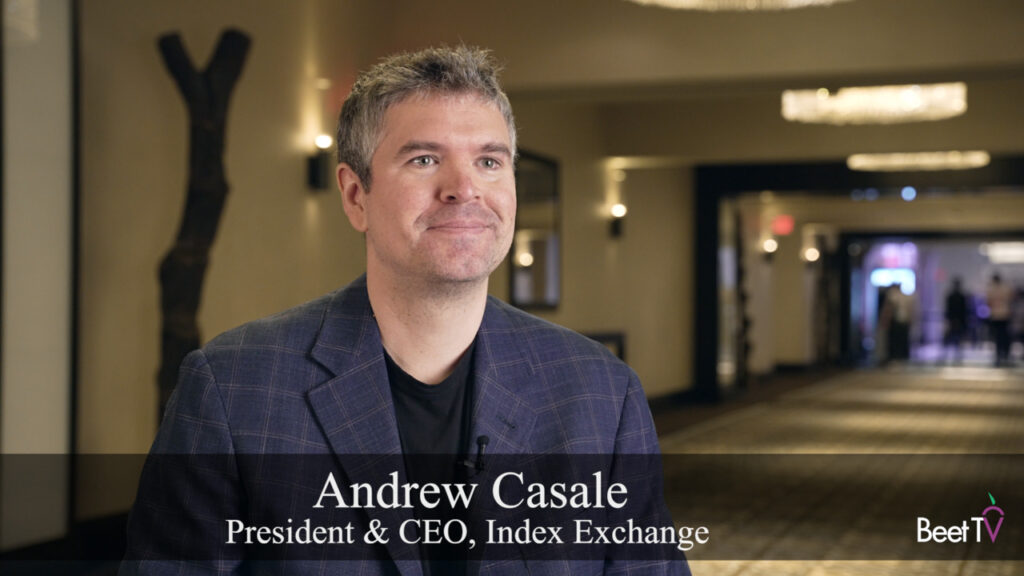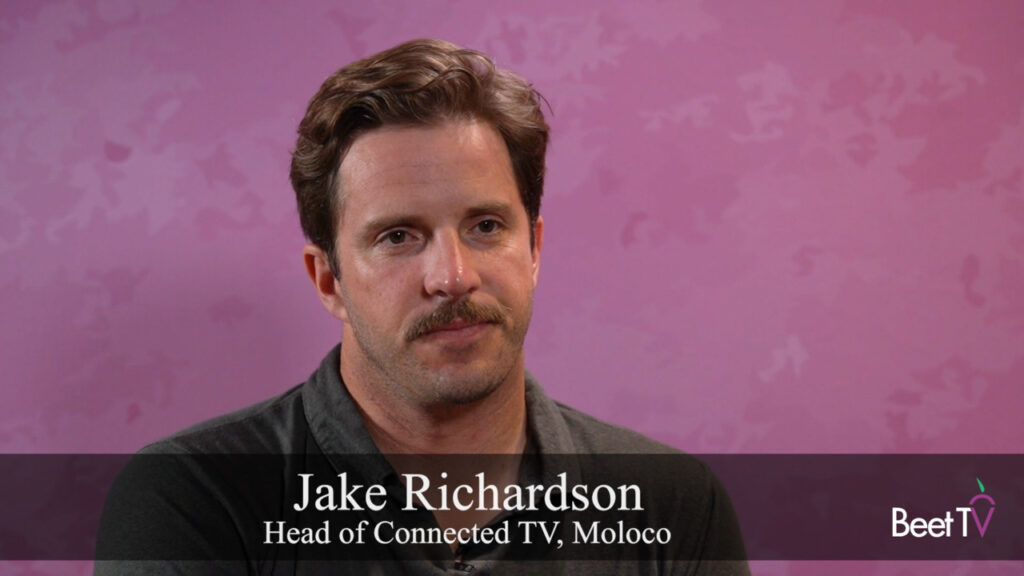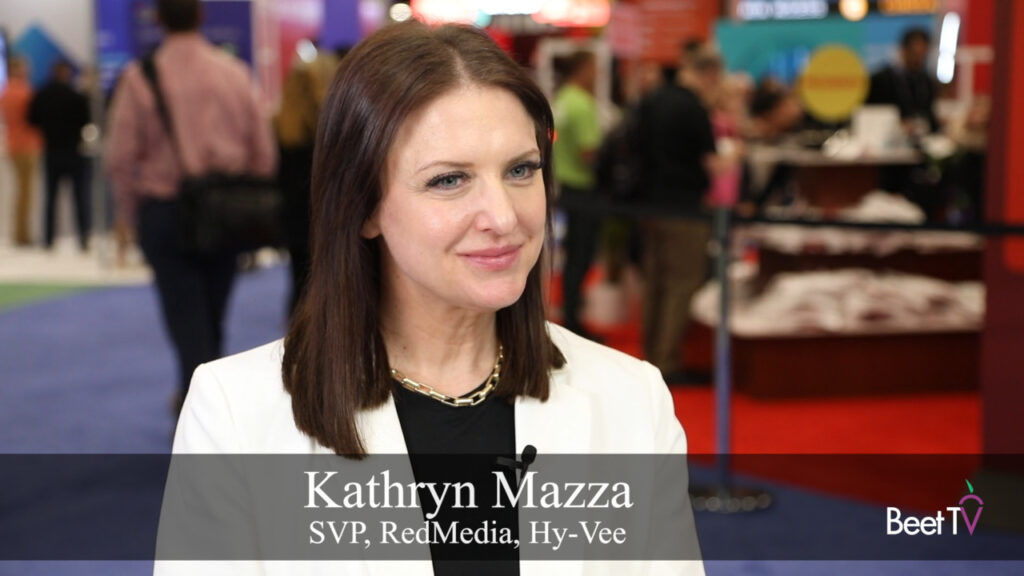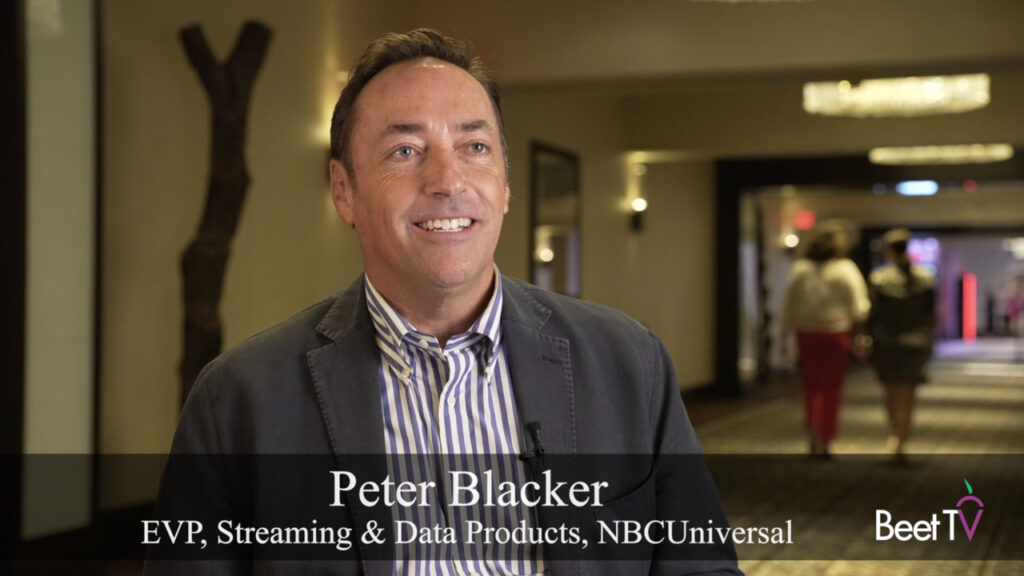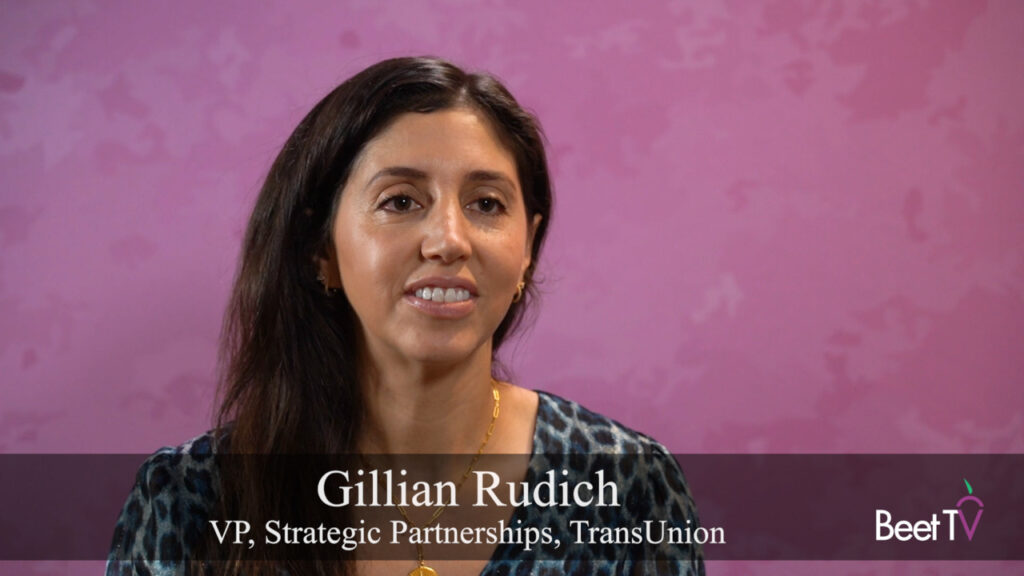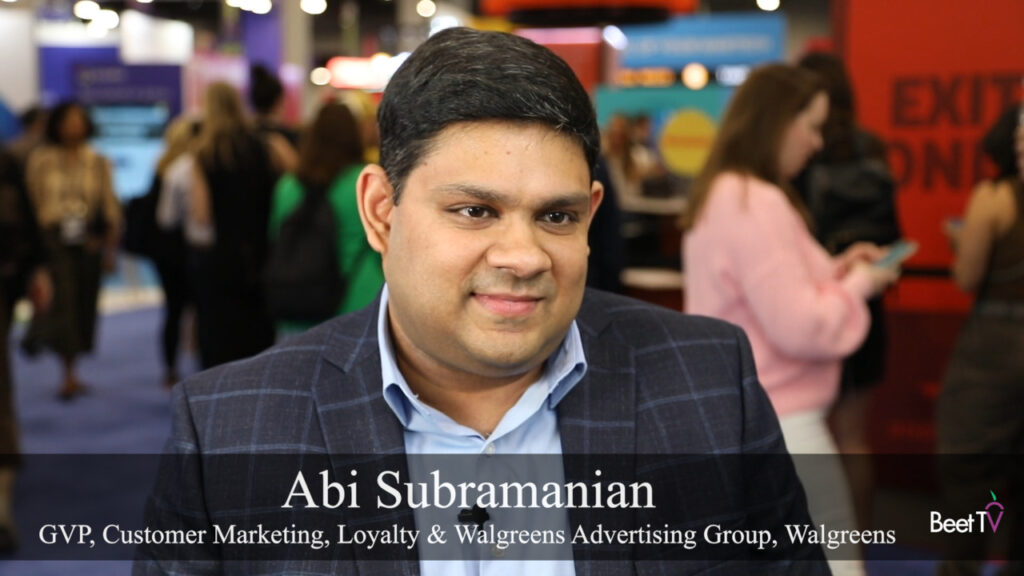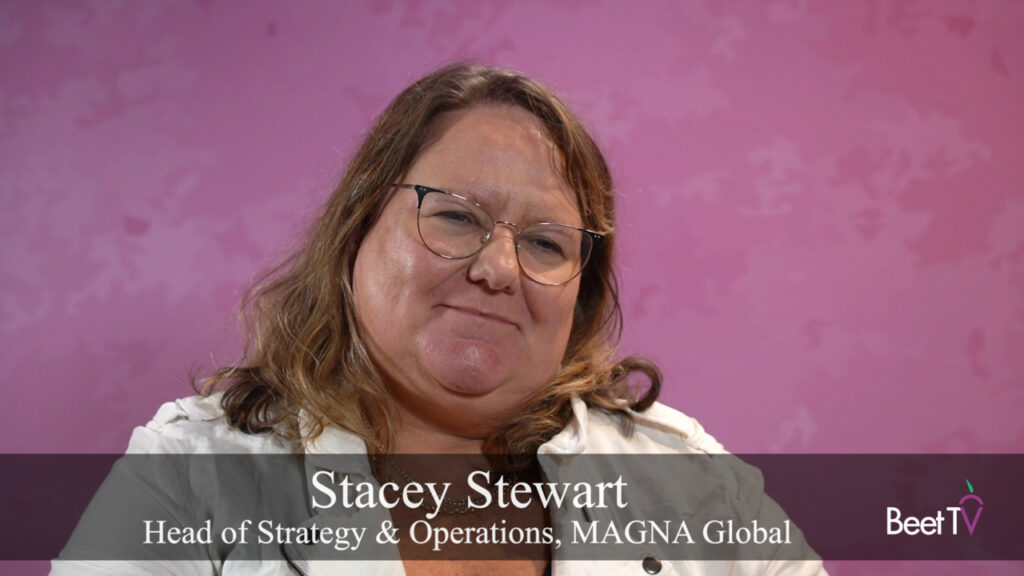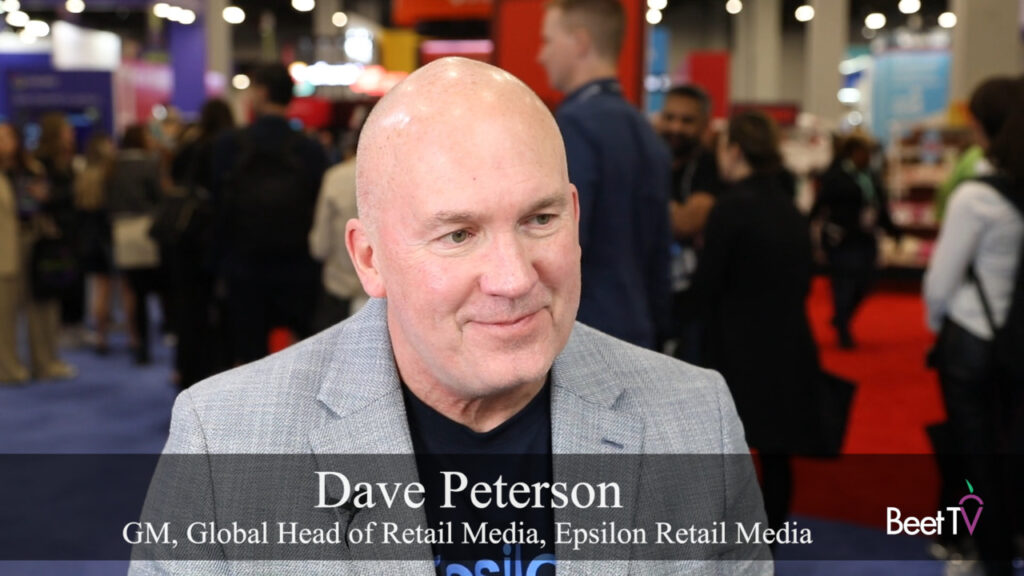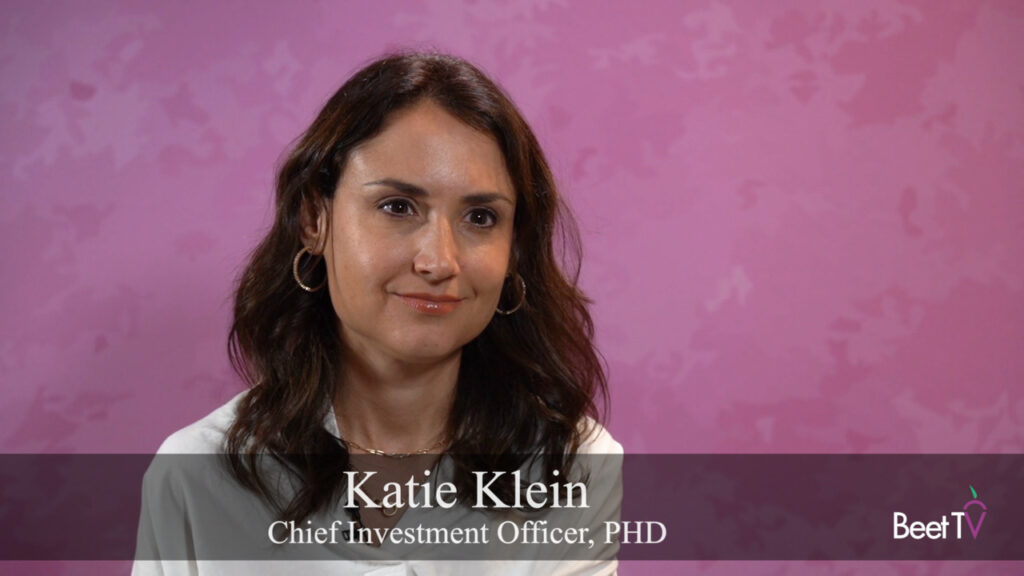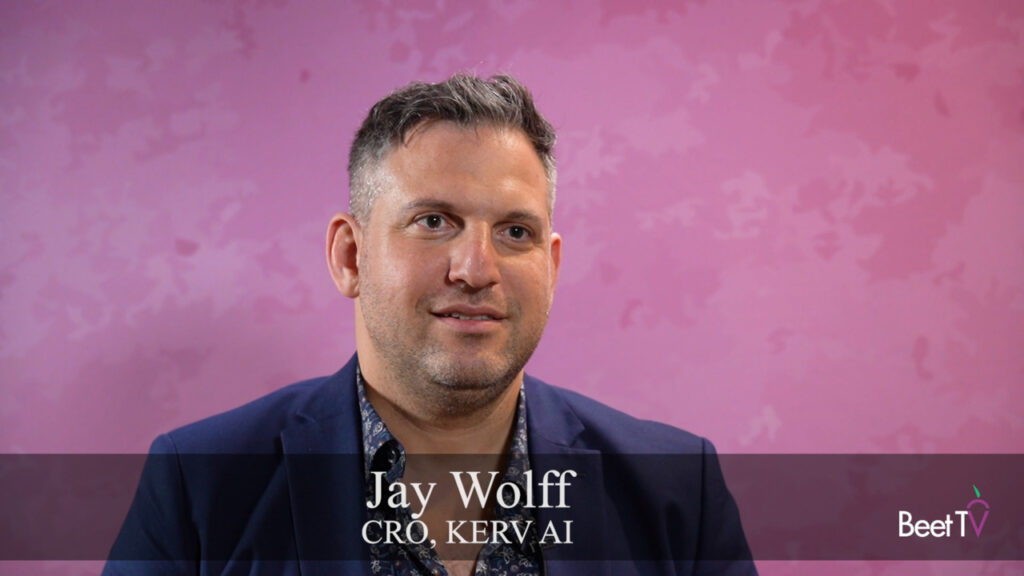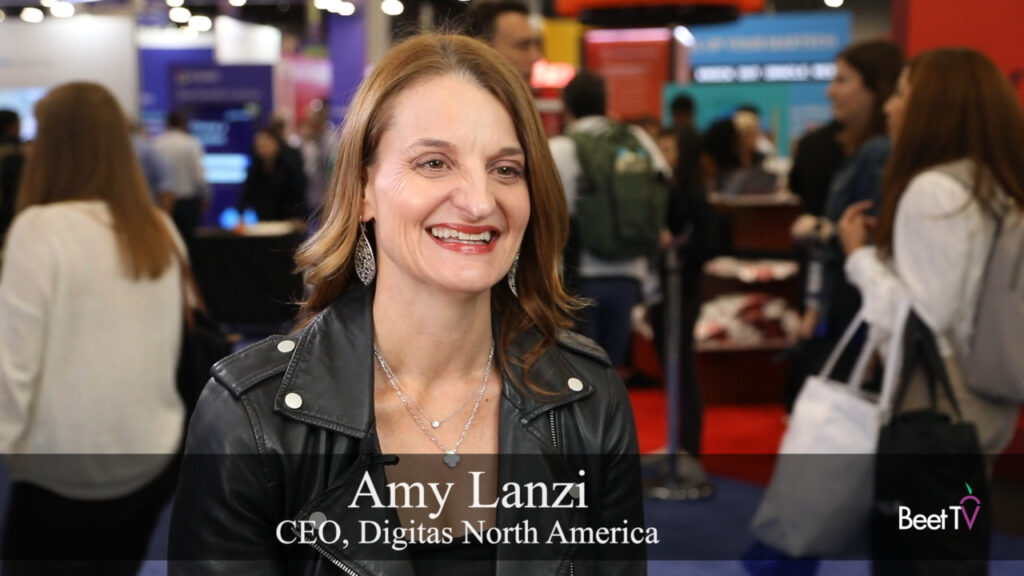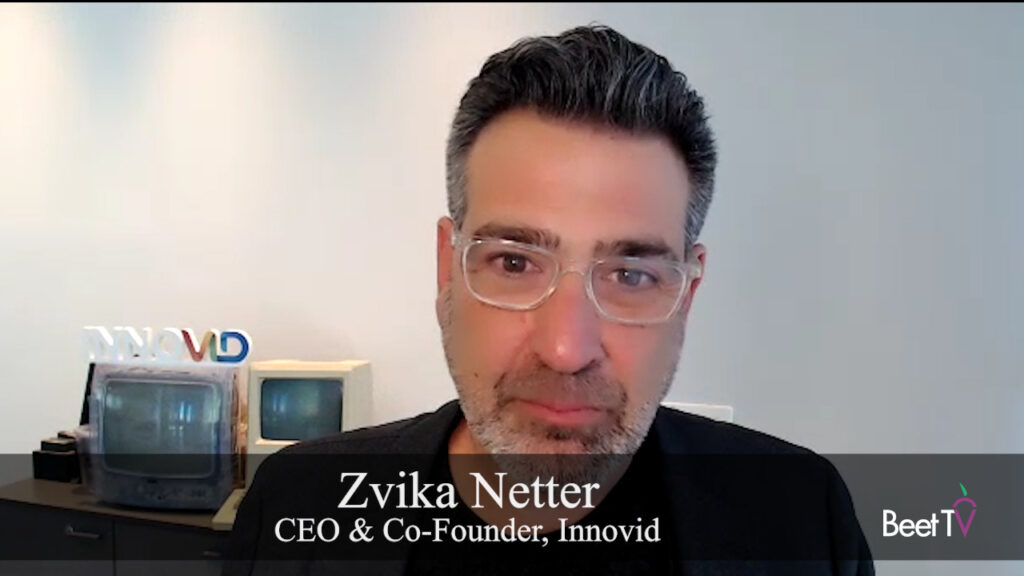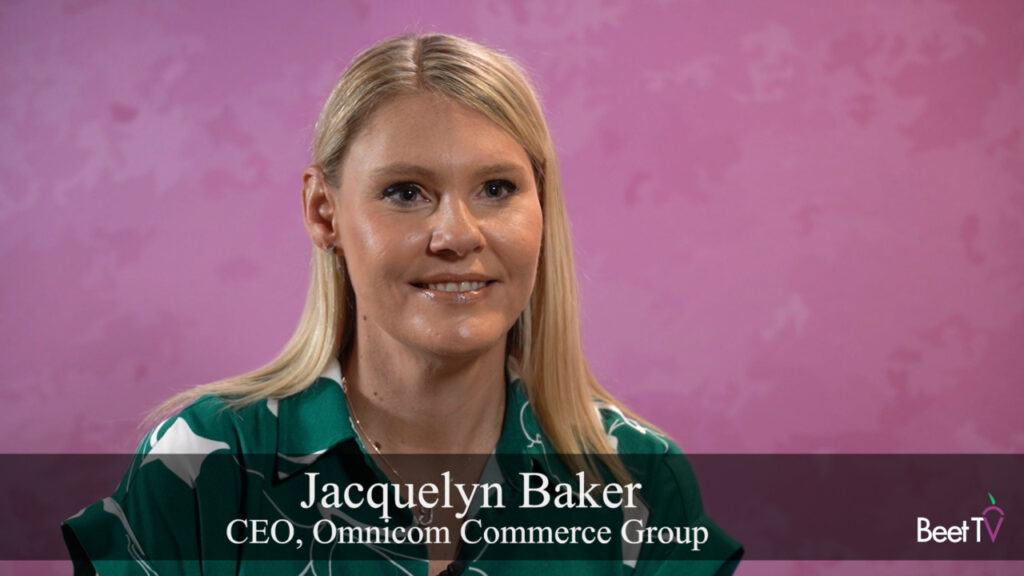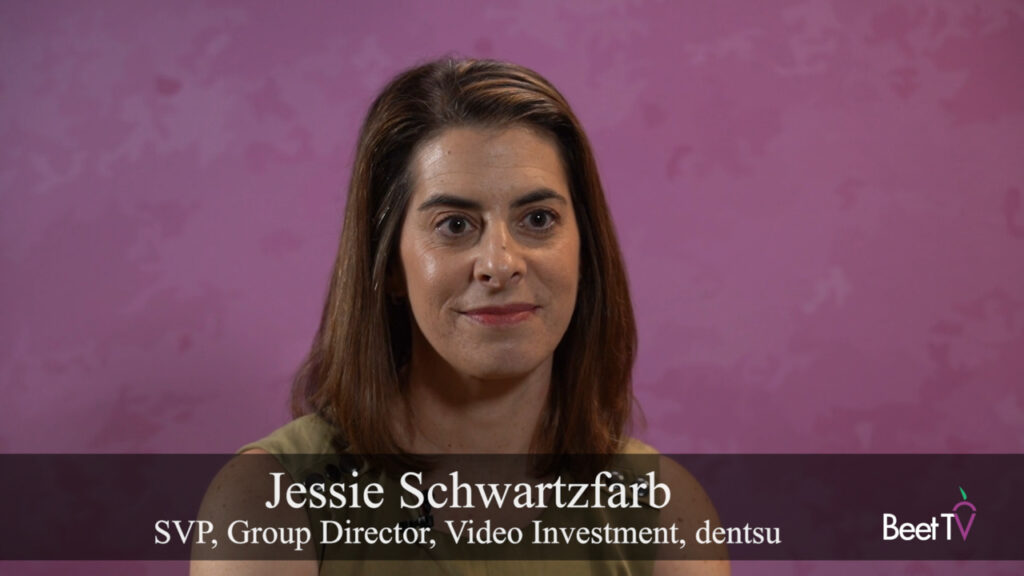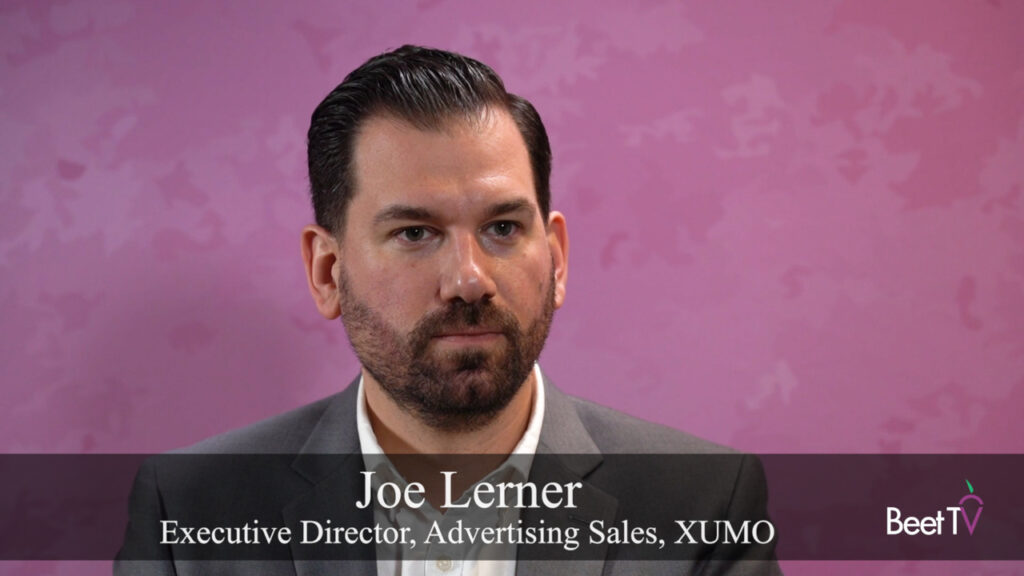SAN JUAN — As marketers embrace advertising across the growing plethora of devices, their campaign naturally spreads to new devices. As that happens, they risk exposing the same person to the same ad on different channels.
But, on the flip side of “reach”, technology can also help control the “frequency” with which an ad is shown, as long as it can have full sight of viewers’ consumption behavior.
In this video interview with Beet.TV, ad-tech firm dataXu‘s founder Sandro Catanzaro explains how frequency-capping works.
“We are trying to target the audience with as flat frequency as you can,” he says.
“You can create a plan, a schedule that tries to make it as flat as possible and, on the connected (TV) side, we totally can frequency-control across all the different inventory providers.”
In Catazaro’s case, dataXu’s OneView platform has integrations including with FreeWheel’s MRM ad server and with Sorensen Media, so his company can see and understand when which consumer actually saw which ad.
That data helps the platform act on ad buyers’ desire not to make duplicate ad spending decisions.
“We know how many times that user has been exposed, no matter where (or) which platform he has been exposed,” he says.
“As we get modern integrations, we can offer the deduplication of reach and deduplication of frequency across all these different devices.”
This video was produced in San Juan, Puerto Rico at the Beet.TV executive retreat. Please find more videos from the series on this page.
The Beet Retreat was presented by NCC along with Amobee, Dish Media, Oath and Google.


























